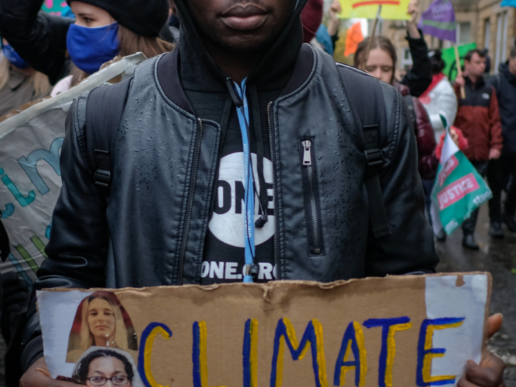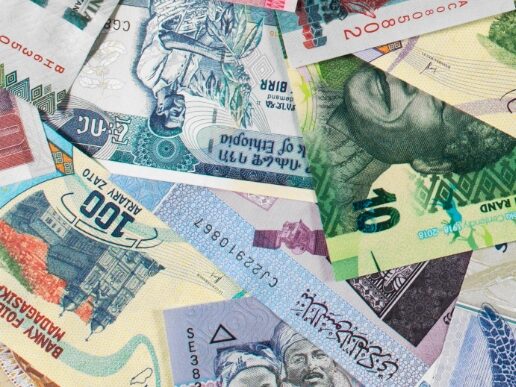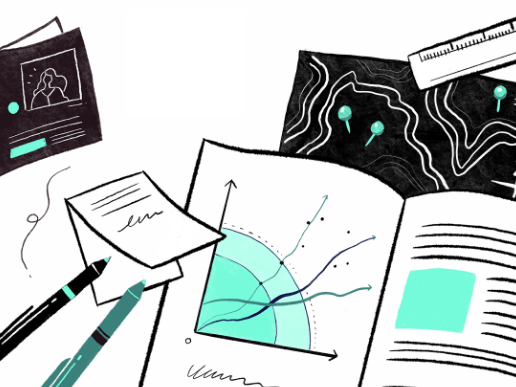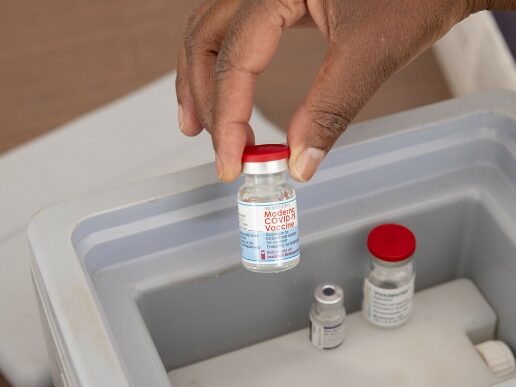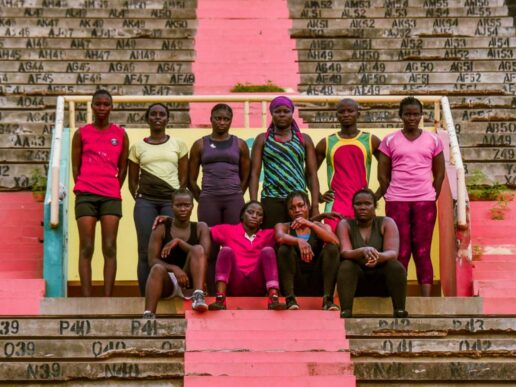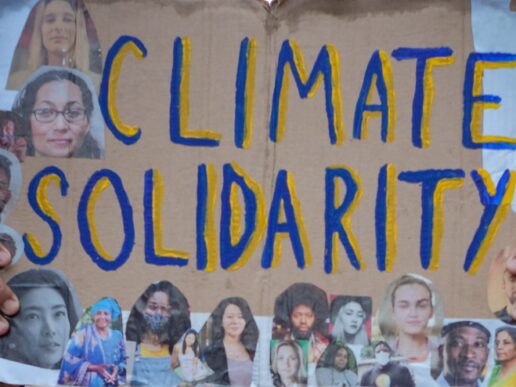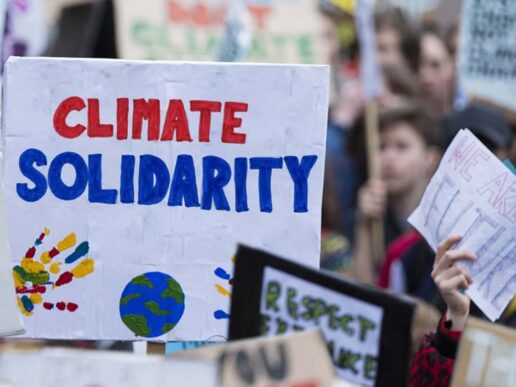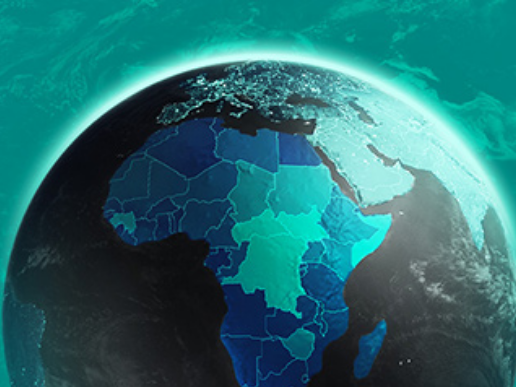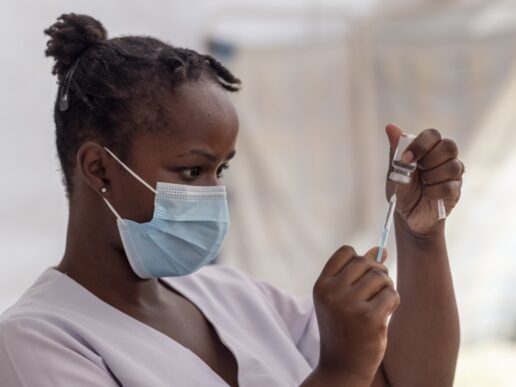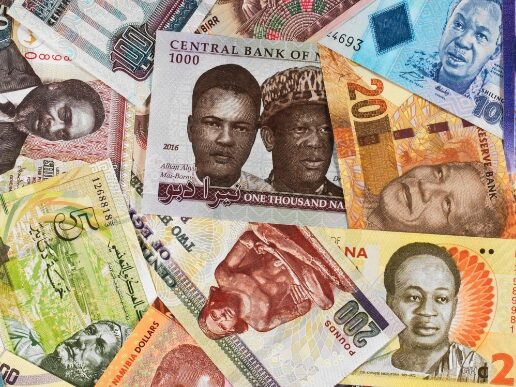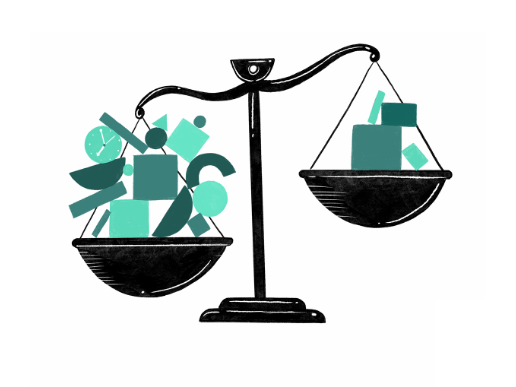ONE DATA & ANALYSIS
Data and analysis on the economic, political, and social changes impacting Africa.
Explore key datasets and create your own data visualisations, look up information about specific Economies, learn more about specific Topics, find curated analyses and data visualisations in our Data Dives, and subscribe to our Aftershocks newsletter.
Our latest research
Economies
Find your country on the list, the map or a bubble chart or let the data guide your search by selecting a measure of interest.
Development Finance
- Aid has increased significantly in recent years but is far from meeting needs
- Aid for COVID, Ukraine and Refugees accounts for the increases in aid spending
- Aid to Ukraine surged in 2022
- Most donors are far from giving 0.7% of national income as aid
- The geographic distribution of aid flows
- Aid by country income groupings
- Aid by sector
- Share of aid to selected sectors
- DonorTracker: policy updates on ODA linked to Ukraine
- SDR Holdings
- SDR pledges
- Tracking SDR channeling through the RST
Health
- Over the last twenty years, total health spending has increased
- Government spending on health as a share of total government spending
- Few low- and lower-middle income countries in Africa are spending 5% of GDP or more on health
- Few low and lower-middle income countries in Africa are spending US$86 per capita or more on health
- Very few African governments have met the Abuja Declaration Target since 2001
- Out-of-pocket spending is the primary source of health financing among low- and lower-middle income countries
- Total health financing by disease or program area
- Sources of health financing by disease or program area
- Africa received the second largest share of disbursements for health from MDBs
- Leading causes of death by income group
- AIDS-related deaths and new HIV infections have decreased since their peak
- Deaths from malaria
- Diphtheria tetanus toxoid and pertussis (DTP3) immunization
- Health spending in Sub-Saharan Africa by source
- Few low and lower-middle income countries in Africa reach the $86 target
- High-income countries had a 6 month head start on purchasing doses while slow-walking funding for COVAX
- Pledges did not become doses delivered
- Proportion of COVID-19 Vaccine Doses Administered by Income Level
- Vaccination in African countries has been much slower than in any other region of the world
- COVID-19 vaccine manufacturers in each country
- Manufacturing deals by country
- A timeline of African vaccine manufacturing
Food Security and Hunger
- Food prices have been rising since the start of the pandemic
- In some countries more than half the population doesn't have enough food
- Almost 1 in 3 children in Sub-Saharan Africa are stunted
- Most African countries depend on other countries for potash – a critical ingredient in fertilizer that is now in short supply
- Higher crude oil prices could translate into billions in additional revenues
- African debt stocks have nearly tripled since 2009
- Thirty-five nations abstained from voting on a UN resolution condemning Russia's action. Half were African
- Where do people not have enough food?
- How is hunger counted?
- Prevalence of stunting in Africa
- How has the cost of food changed?
- How have food commodity prices changed?
Debt
- Total external debt owed by African countries
- African external debt as a share of GDP has been increasing
- How much debt is owed to whom?
- China now owns a large proportion of African debt
- African countries are set to pay record amounts in debt service in the coming years
- Debt service as a share of government spending
- More than half of LICs in or at risk of debt distress are in Africa
- Africa’s financing landscape is very different from the 1990’s
- Africa’s debt service has been rising, with a greater portion coming from commercial sources
- Unlocking US$1 trillion: where countries stand
- A few countries control most of the votes at the World Bank
Climate Change
- Global temperature is over 1°C warmer than pre-industrial times
- How many people are affected by climate events?
- Projected population growth between 2022 and 2050
- Africa accounts for roughly 4% of global carbon emissions, despite accounting for less than 18% of the world’s population.
- Africa's forest cover is mostly concentrated in the Congo Basin
- Climate finance provided in 2016-2020
- G7 climate finance contributions
- Women's participation on boards and bodies of the UNFCCC
Gender
- The world is making slow progress towards gender equality
- Progress in reducing maternal mortality is stalling
- Girls are missing out on their education
- Every day, women spend significantly more time on unpaid domestic work than men.
- Globally, women hold just 1 in 4 parliamentary seats.
- Should women have the same chance of being elected to political office as men?

